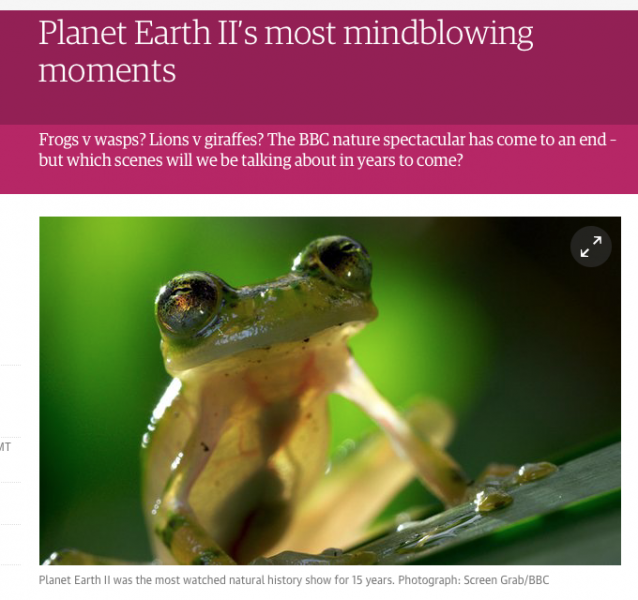I’m just back from my last shoot of the year, a fairly brief 3 week catch-up with the chimp group we’ve been filming for the last 18 months. This is always an extremely difficult time of year to film; the rainy season has just finished so the vegetation is very thick – we often have to plough though 8ft tall grass for miles to keep up with the group, and even when they were settled it was unusual that you would have a clear line of sight to film them.
They spend much of their time feeding on Baobab fruits at this time of year, either up in the trees or in the dense understory, and they will travel relatively long distances to find the last trees with fruit on. Even though it’s not super hot for the chimps, it would still get to 38C during the day, and they would often choose to to their big ‘move’ of the day around midday. So just as the temperature was reaching it’s peak I’d have to shoulder the 50lbs of camera kit and water and trudge off after them. Often they would walk for 4-5Km, through hellacious vegetation, crossing boulder fields and rivers and up and down hills.
We’d loose the chimps fairly regularly, but the tracking skills and knowledge of Michelle, the project’s field assistant, are so extraordinary that we’d often spend an hour or so thrashing though the forest, with not a chimp in sight, only to arrive at a tree or waterhole just as the chimps did. I always felt that we’d get quizzical looks from the chimps at this point, wondering what took us so long and why we looked so trashed.
It’s a relatively low-stress time of year for the chimps at the moment, with food and water in reasonable supply. The dynamics within the group were pretty stable and our key characters were all settled within the group’s hierarchy. It was very useful to get sequences that display the current status quo, it’s likely that, as their habitat dries out over the coming months, that there will be some significant challenges to the current dominant male and potentially seismic changes within the group.
While I was away Planet Earth II was broadcast and has proved hugely popular with fantastic viewing figures and great response in the media. It’s lovely when what we do – the production of high quality natural history films – gets such a positive reaction. These were great films put together over the course of over three years by an extremely talented teams of cinematographers, producers, researchers, editors and BBC production staff, and typically drawing on lifetime’s of work of biologists all over the world. We are living in such unsettling times and I do wonder if part of the popularity of Planet Earth II has been the fact that, even on a subconscious level, the beauty and authenticity of the natural world provides some sort of grounding and comfort. Or maybe they were just really exciting films narrated by Sir David. Either way, it’s been a lovely phenomena to witness.
I shot a sequence about Glass Frogs for Planet Earth II. Tiny little amphibians, tucked away under leaves in a very soggy part of Costa Rica. It was mentioned as one of the ‘picks of the series’ in the Guardian newspaper. There were so many fabulous moments across all of the programmes that to single out individual sequences doesn’t feel appropriate, but what I found really encouraging is that those minuscule frogs could punch so far above their weight and capture people’s imagination in a way that is usually reserved for snow leopards, lions and the other, more familiar, icons of the natural world.


